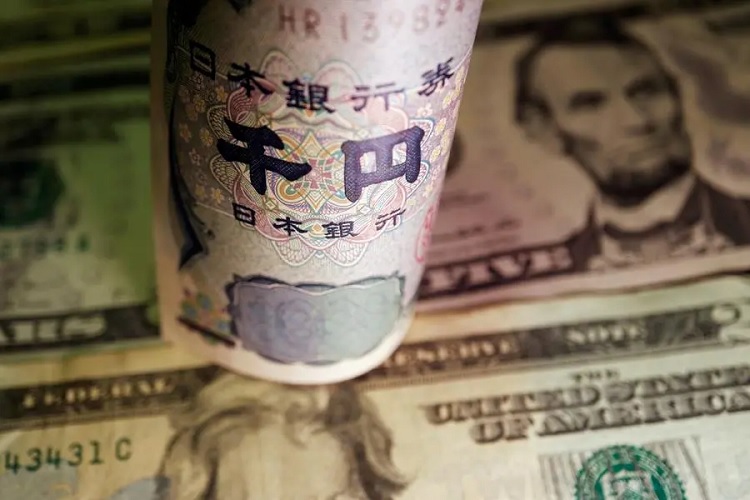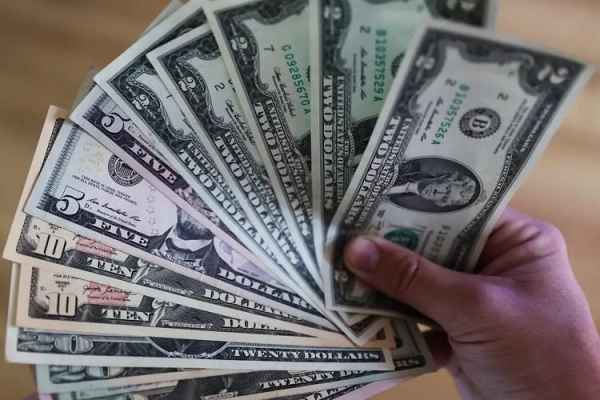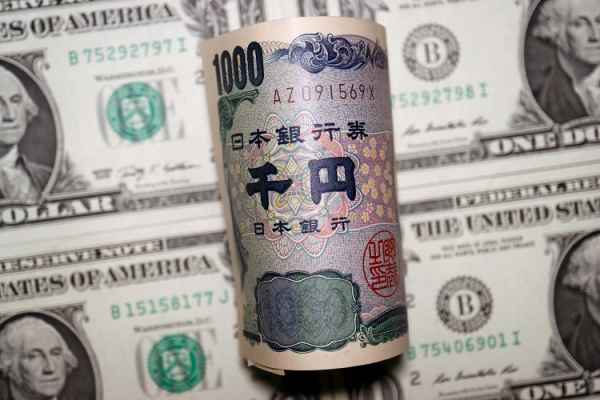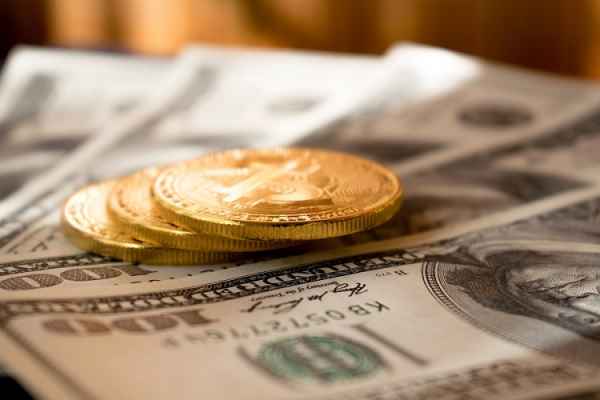Despite persistent warnings from Japanese officials about potential currency intervention, USD/JPY climbed to its highest level since the mid-1990s at 155.17 in Wednesday's New York session.

In Wednesday's New York session, USD/JPY soared to its highest level since the mid-1990s, breaching the 155 mark and reaching 155.17. Japanese officials have been consistently issuing warnings about possible currency intervention to prevent the yen's depreciation. Nevertheless, some market participants are choosing to overlook these warnings.
Finance Minister Shunichi Suzuki and other Japanese officials have stated that they are closely monitoring currency movements and are prepared to take action if necessary. They have even sought support from the United States for potential intervention. However, they have refrained from specifying particular threshold levels that might trigger intervention.
Speculation regarding potential intervention levels for USD/JPY has been fluctuating, ranging from 145 to 155, with the current focus shifting to thresholds of 160 and 170 due to the absence of clear guidance from authorities.
Takao Ochi, a member of Japan's ruling LDP party, suggested to Reuters that if the yen continues to weaken towards 160 or 170 against the dollar, it might be deemed excessive, prompting authorities to consider intervention.
Despite such statements, some experts question the feasibility of intervention at present, citing a lack of fundamental support.
"Aside from the financial cost, there could be a significant impact on the credibility of the Japanese authorities if FX intervention fails," wrote Rabobank strategist Jane Foley in a client note.
"Historically, FX intervention is most successful if the fundamentals are coincidentally turning in favor of that currency," she said. "USD/JPY may not turn lower until the summer, and this assumes that the Fed can cut rates in September."
Marc Chandler, head of market strategy at Bannockburn Global Forex, also cautioned that yen intervention in September and October 2022 succeeded because Japan seized the opportunity after US Treasury yields peaked. However, "This time, the BoJ is not as confident ahead of next Friday's Nonfarm Payrolls data and subsequent US CPI data."

 Dedicated FREE FOREX VPS
Dedicated FREE FOREX VPS Free FOREX Virtual Private Server
Free FOREX Virtual Private Server MT4 Demo Contest, Get $500
MT4 Demo Contest, Get $500 Sign Up for an Account, Claim 60% Deposit Bonus
Sign Up for an Account, Claim 60% Deposit Bonus Free MT4/MT5 VPS 2024
Free MT4/MT5 VPS 2024 Send E-mail and Get Free Merchandise
Send E-mail and Get Free Merchandise $1K Refer a Friend Bonus for Pepperstone Pro clients
$1K Refer a Friend Bonus for Pepperstone Pro clients Maximize Your Earnings with 100% Deposit bonus
Maximize Your Earnings with 100% Deposit bonus Trade to Win, $5,000 Monthly Demo Contest
Trade to Win, $5,000 Monthly Demo Contest Claim 30% + 15% Deposit Bonus from LiteFinance
Claim 30% + 15% Deposit Bonus from LiteFinance






